Yuancheng Li
Streamlining Biomedical Research with Specialized LLMs
Apr 15, 2025Abstract:In this paper, we propose a novel system that integrates state-of-the-art, domain-specific large language models with advanced information retrieval techniques to deliver comprehensive and context-aware responses. Our approach facilitates seamless interaction among diverse components, enabling cross-validation of outputs to produce accurate, high-quality responses enriched with relevant data, images, tables, and other modalities. We demonstrate the system's capability to enhance response precision by leveraging a robust question-answering model, significantly improving the quality of dialogue generation. The system provides an accessible platform for real-time, high-fidelity interactions, allowing users to benefit from efficient human-computer interaction, precise retrieval, and simultaneous access to a wide range of literature and data. This dramatically improves the research efficiency of professionals in the biomedical and pharmaceutical domains and facilitates faster, more informed decision-making throughout the R\&D process. Furthermore, the system proposed in this paper is available at https://synapse-chat.patsnap.com.
PharmaGPT: Domain-Specific Large Language Models for Bio-Pharmaceutical and Chemistry
Jul 03, 2024



Abstract:Large language models (LLMs) have revolutionized Natural Language Processing (NLP) by by minimizing the need for complex feature engineering. However, the application of LLMs in specialized domains like biopharmaceuticals and chemistry remains largely unexplored. These fields are characterized by intricate terminologies, specialized knowledge, and a high demand for precision areas where general purpose LLMs often fall short. In this study, we introduce PharmGPT, a suite of multilingual LLMs with 13 billion and 70 billion parameters, specifically trained on a comprehensive corpus of hundreds of billions of tokens tailored to the Bio-Pharmaceutical and Chemical sectors. Our evaluation shows that PharmGPT matches or surpasses existing general models on key benchmarks, such as NAPLEX, demonstrating its exceptional capability in domain-specific tasks. This advancement establishes a new benchmark for LLMs in the Bio-Pharmaceutical and Chemical fields, addressing the existing gap in specialized language modeling. Furthermore, this suggests a promising path for enhanced research and development in these specialized areas, paving the way for more precise and effective applications of NLP in specialized domains.
PharmGPT: Domain-Specific Large Language Models for Bio-Pharmaceutical and Chemistry
Jun 26, 2024



Abstract:Large language models (LLMs) have revolutionized Natural Language Processing (NLP) by by minimizing the need for complex feature engineering. However, the application of LLMs in specialized domains like biopharmaceuticals and chemistry remains largely unexplored. These fields are characterized by intricate terminologies, specialized knowledge, and a high demand for precision areas where general purpose LLMs often fall short. In this study, we introduce PharmGPT, a suite of multilingual LLMs with 13 billion and 70 billion parameters, specifically trained on a comprehensive corpus of hundreds of billions of tokens tailored to the Bio-Pharmaceutical and Chemical sectors. Our evaluation shows that PharmGPT matches or surpasses existing general models on key benchmarks, such as NAPLEX, demonstrating its exceptional capability in domain-specific tasks. This advancement establishes a new benchmark for LLMs in the Bio-Pharmaceutical and Chemical fields, addressing the existing gap in specialized language modeling. Furthermore, this suggests a promising path for enhanced research and development in these specialized areas, paving the way for more precise and effective applications of NLP in specialized domains.
Sparse Generation: Making Pseudo Labels Sparse for weakly supervision with points
Mar 28, 2024



Abstract:In recent years, research on point weakly supervised object detection (PWSOD) methods in the field of computer vision has attracted people's attention. However, existing pseudo labels generation methods perform poorly in a small amount of supervised annotation data and dense object detection tasks. We consider the generation of weakly supervised pseudo labels as the result of model's sparse output, and propose a method called Sparse Generation to make pseudo labels sparse. It constructs dense tensors through the relationship between data and detector model, optimizes three of its parameters, and obtains a sparse tensor via coordinated calculation, thereby indirectly obtaining higher quality pseudo labels, and solving the model's density problem in the situation of only a small amount of supervised annotation data can be used. On two broadly used open-source datasets (RSOD, SIMD) and a self-built dataset (Bullet-Hole), the experimental results showed that the proposed method has a significant advantage in terms of overall performance metrics, comparing to that state-of-the-art method.
Single-shot fast 3D imaging through scattering media using structured illumination
Oct 23, 2021
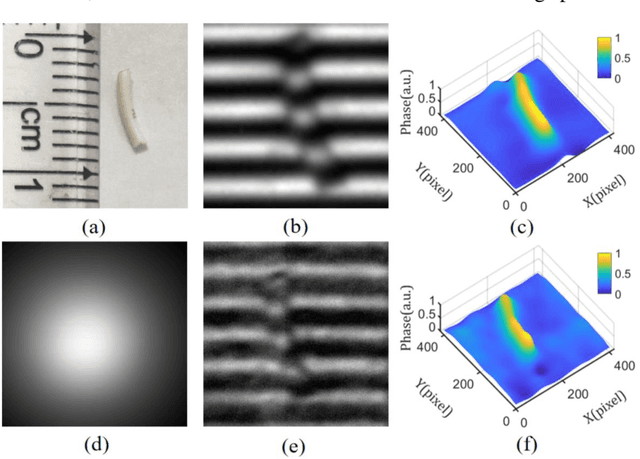
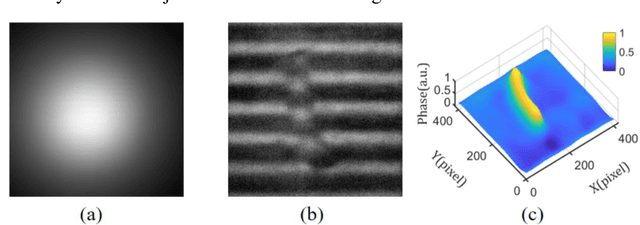

Abstract:Conventional approaches for 3D imaging in or through scattering media are usually limited to 2D reconstruction of objects at some discontinuous locations, although the time-consuming iteration, guide-star, or complex system are implemented. How to quickly visualize dynamic 3D objects behind scattering media is still an open issue. Here, by using structured light illumination, we propose a single-shot technique that can quickly acquire continuous 3D surfaces of objects hidden behind the diffuser. The proposed method can realize the 3D imaging of single, multiple, and dynamic targets from the speckled structured light patterns under broad or narrow band light illumination, in which only once calibration of the imaging setup is needed before conducting the imaging. Our approach paves the way to quickly visualize dynamic objects behind scattering media in 3D and multispectral.
Android Malware Detection Using Autoencoder
Jan 14, 2019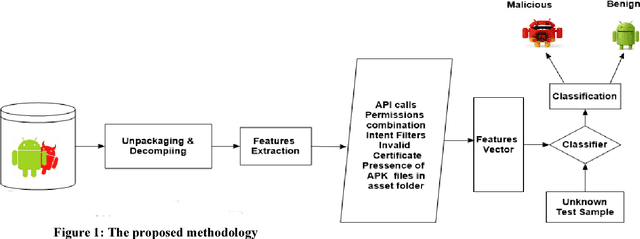
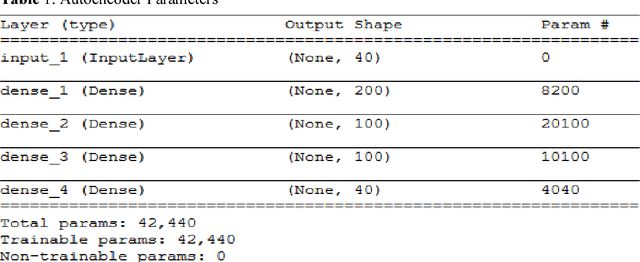
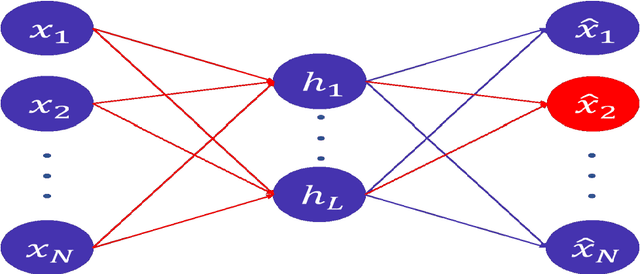
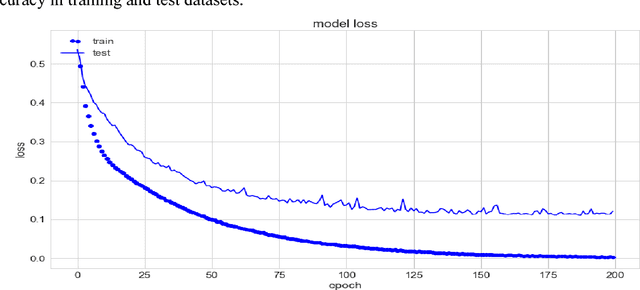
Abstract:Smartphones have become an intrinsic part of human's life. The smartphone unifies diverse advanced characteristics. It enables users to store various data such as photos, health data, credential bank data, and personal information. The Android operating system is the prevalent mobile operating system and, in the meantime, the most targeted operating system by malware developers. Recently the unparalleled development of Android malware put pressure on researchers to propose effective methods to suppress the spread of the malware. In this paper, we propose a deep learning approach for Android malware detection. The proposed approach investigates five different feature sets and applies Autoencoder to identify malware. The experimental results show that the proposed approach can identify malware with high accuracy.
* 9 Pages, 4 Figures, 3 Tables
 Add to Chrome
Add to Chrome Add to Firefox
Add to Firefox Add to Edge
Add to Edge